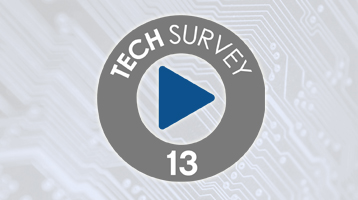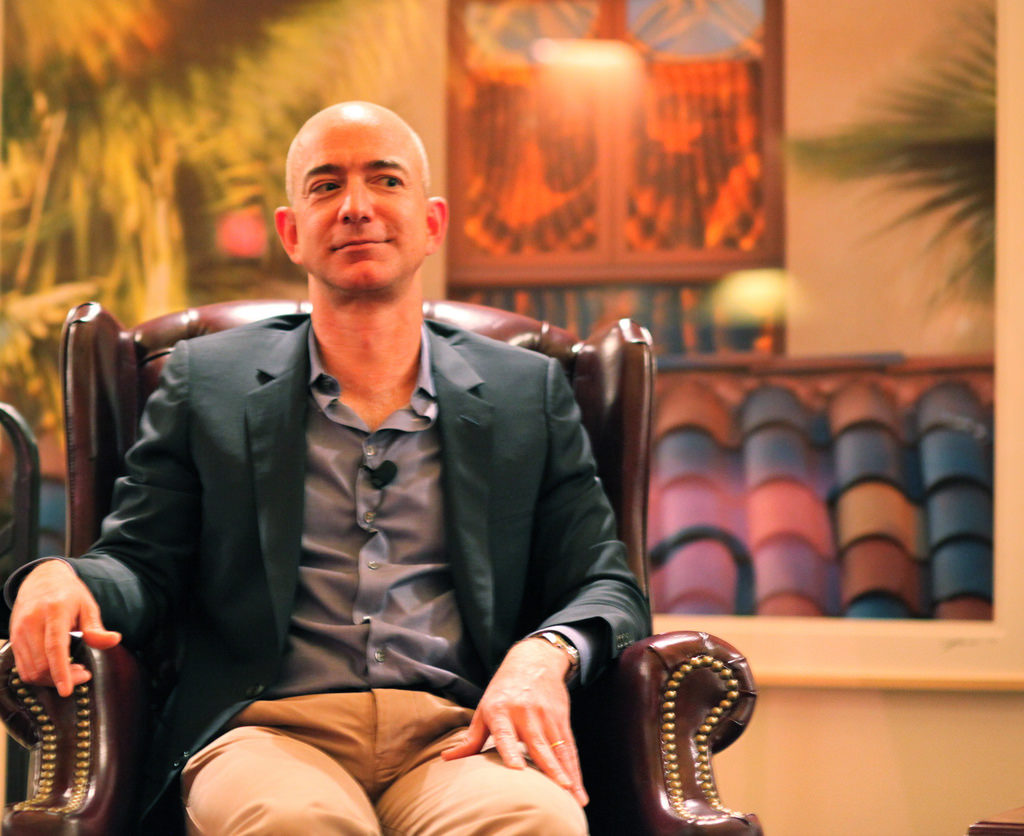
You’ve got to hand it to Vilfredo Pareto. Way back in 1896 – long before there was IBM’s Watson, personal computers, and algorithms – Pareto observed that approximately 80% of the land in his native Italy was owned by just 20% of the people. And thus was born “Pareto’s Principle,” better known as “The 80:20 Rule.”
And it has held up well through the 20th century and well into the Digital Age. A radio station is a living example of Pareto’s concept. Roughly, 20% of your salespeople generate 80% of sales.
And your core audience – the 20% – contributes about 80% of ratings, whether you’re measured by diaries or meters.
That’s why the release of Techsurvey each year is always of particular interest to me. Unlike a study like “Infinite Dial,” stratified to reflect the  population, our Techsurvey is web-based, comprised of (mostly) radio listeners from station email databases.
population, our Techsurvey is web-based, comprised of (mostly) radio listeners from station email databases.
Yes, they’re the “20” in Pareto’s rule, and if you understand their perceptions, habits, and desires, you’re well on the way to success. Yet oftentimes, stations over-focus on their P2 and P3 listeners while chasing the competition – often to their own detriment.
That sentiment was echoed last week in a Harvard Business Review article, “Obsess Over Your Customers, Not Your Rivals,” by Tara-Nicholle Nelson.
She believes the real competition facing brands like your radio station isn’t the other Country station down the dial or that morning guy who commands high rates – it’s “any and every obstacle your customers encounter along their journey to solving the human, high-level problems your company exists to solve.” In this case, we’re talking about your station’s ability to delight, entertain, and inform the audience. And on the marketing side, its success helping clients sell their products and build their businesses.
In radio, we sometimes get so caught up in “strategic warfare” that we take our eye off the customer and obsess about other players fighting for share. Yet, as we learned once again this year in Techsurvey13, the key reasons for listening to less radio are internal – too many commercials and music repetition – rather than incursions from Pandora, SiriusXM, or even other stations in town.
Even worse, Nelson notes that marketers and brand managers often spend so much time fixated on the competition, they end up creating copycat products that fail to satisfy consumers. (Think about how many stations in your market are running their stopsets using the “bowtie” clock.)
For proof her theory works, look no further than Amazon CEO and Founder, Jeff Bezos. In yesterday’s New York Times, Andrew Ross Sorkin wrote a revealing piece about the enigmatic Bezos: “20 Years On, Bezos Alters The Way We Shop and Live.”
In recent years, Bezos has become one of the wealthiest men in the world. And his impact on our lives – from online shopping to asking a cylinder on our kitchen counter to play music – is immeasurable.
How does he do it? By recalibrating the competition, making sure to focus on serving his customers while playing a long game. Here’s the philosophy in Bezos’ own words:
“If everything you do needs to work on a three-year time horizon, then you’re competing against a lot of people. But if you’re willing to invest on a seven-year time horizon, you’re now competing against a fraction of those people, because very few companies are willing to do that.”
That’s a remarkable point of view from a guy who runs a public company. While his investors may be dissatisfied in the short run, over the long haul, a patient believer in Amazon has made a fortune.
There are many smart business icons, but Bezos is something of an outlier because of his singular focus on creating a great user experience, and taking the necessary time to get it done. Many have under-estimated him, but the results speak for themselves.
Nelson notes Bezos’ efforts are always on keeping his customer base satisfied. When you get so wrapped up playing defense or trying to anticipate what the competition may do, you often end up losing sight of your fans. As Bezo opines,
“If we can keep our competitors’ focus on us while we stay focused on the customer, ultimately we’ll turn out all right.”
Indeed.
The people who regularly use your brand today are your V.I.P.s. Keep them happy and turn them into passionate fans and evangelists for your brand. To pull that off, you have to always be in touch with who they are, what they’re doing, and how they’re feeling.
That’s precisely the approach we’ve taken these last 13 years with Techsurvey – providing a long-term look at audience behavior, with a laser focus on Pareto’s “20.”
So far, so good.
Thanks to Entercom’s Tim Murphy for the heads-up on the HBR story.
See the Techsurvey13 Results
Want to see what else we learned in Techsurvey13?
- Baby, Please Don’t Go - November 22, 2024
- Why Radio Needs To Stop Chasing The Puck - November 21, 2024
- Great Radio – In The Niche Of Time? - November 20, 2024




Leave a Reply